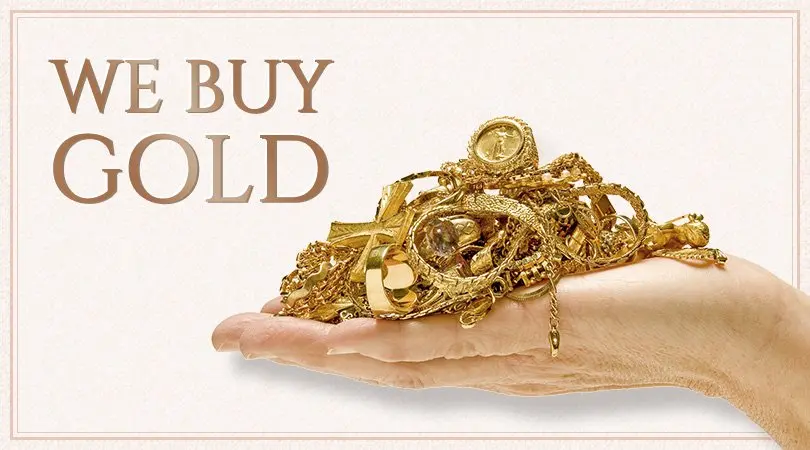Gold is one of the most sought-after valuable metals in the global market. Its value is not only based on its aesthetic appeal but also on its rarity and the various applications it has in different sectors. However, guaranteeing the quality of gold is essential for buyers and vendors alike. This is where effective verification practices come into play. Certification aids to verify the fineness and authenticity of gold, providing both consumers and investors confidence in their acquisitions.
The process of validating gold involves several phases. Firstly, the gold must be examined for its purity, which is usually gauged in carats. Pure gold is 24 carats, but gold is frequently mixed with additional elements to enhance its durability and look. Testing can be conducted through different techniques, such as acid tests or X-ray spectroscopy, which provide precise readings of the gold content. Once the testing is finished, a certification body can provide a document that confirms the gold's standard, ensuring that purchasers know exactly what they are getting.

Certification not only protects consumers but also helps maintain the credibility of the gold market. Trusted certification bodies establish strict standards that gold must meet before it can be certified. These standards include responsible sourcing, meaning that the gold should be acquired in a way that does not harm the environment check over here or exploit workers. By complying to these standards, certified gold encourages ethical mining practices and supports eco-friendliness in the industry.
Another crucial aspect of gold certification is traceability. Many consumers today are curious in knowing where their gold comes from and how it was manufactured. Certification practices often include a traceability system that traces the gold from mine to market. This clarity is vital in building trust between buyers and vendors. When consumers know the source of their gold, they can make educated decisions, and this can lead to increased interest for responsibly sourced goods.
In conclusion, effective certification methods play a critical role in ensuring gold standard. They provide confidence to consumers about the fineness and genuineness of their purchases, while also encouraging responsible and eco-friendly methods within the gold industry. As the interest for gold continues to grow, maintaining high criteria through you could try here certification will be essential for building trust and integrity in the market. By backing certified gold, consumers can contribute to a more ethical and transparent sector.